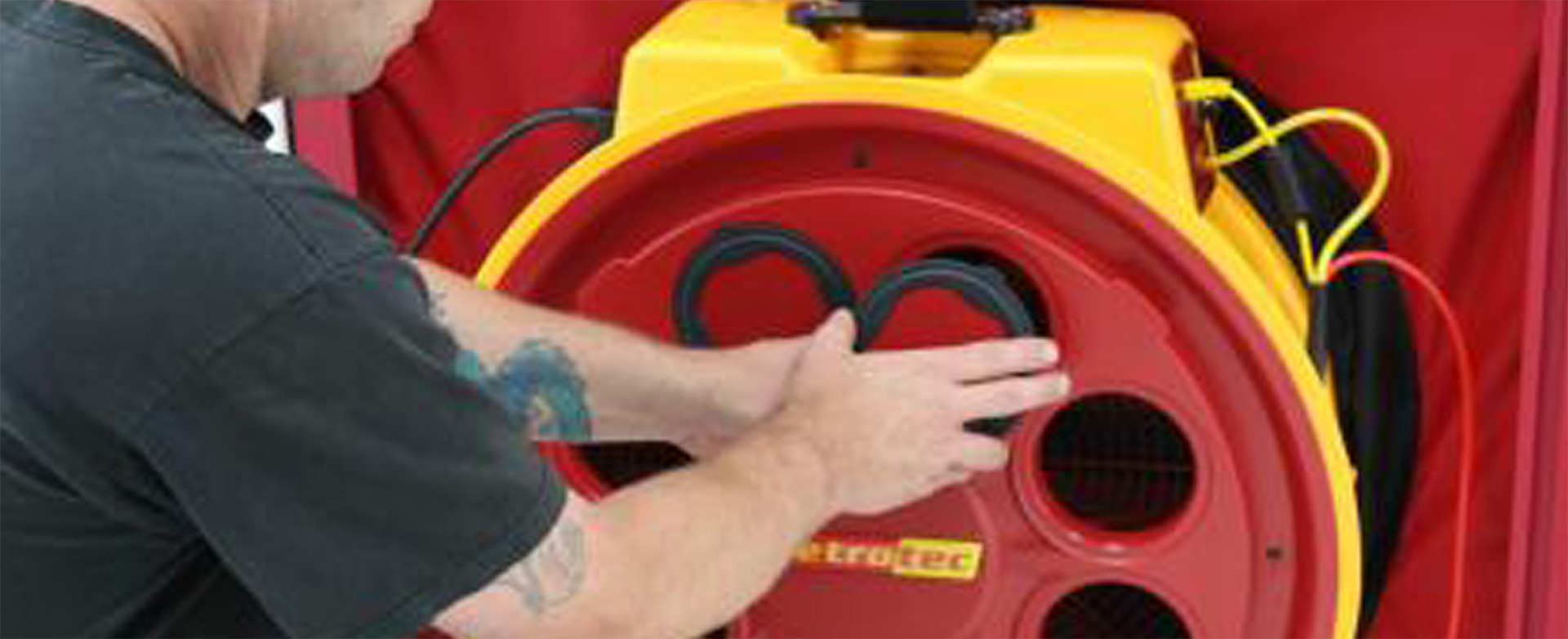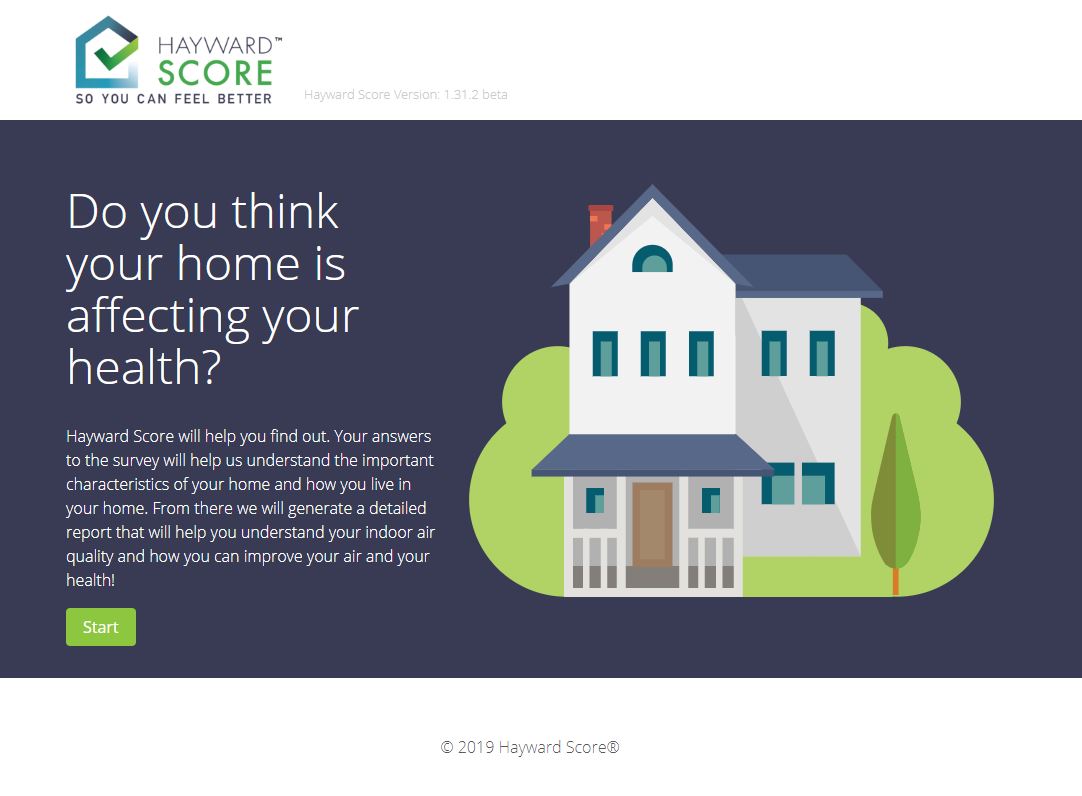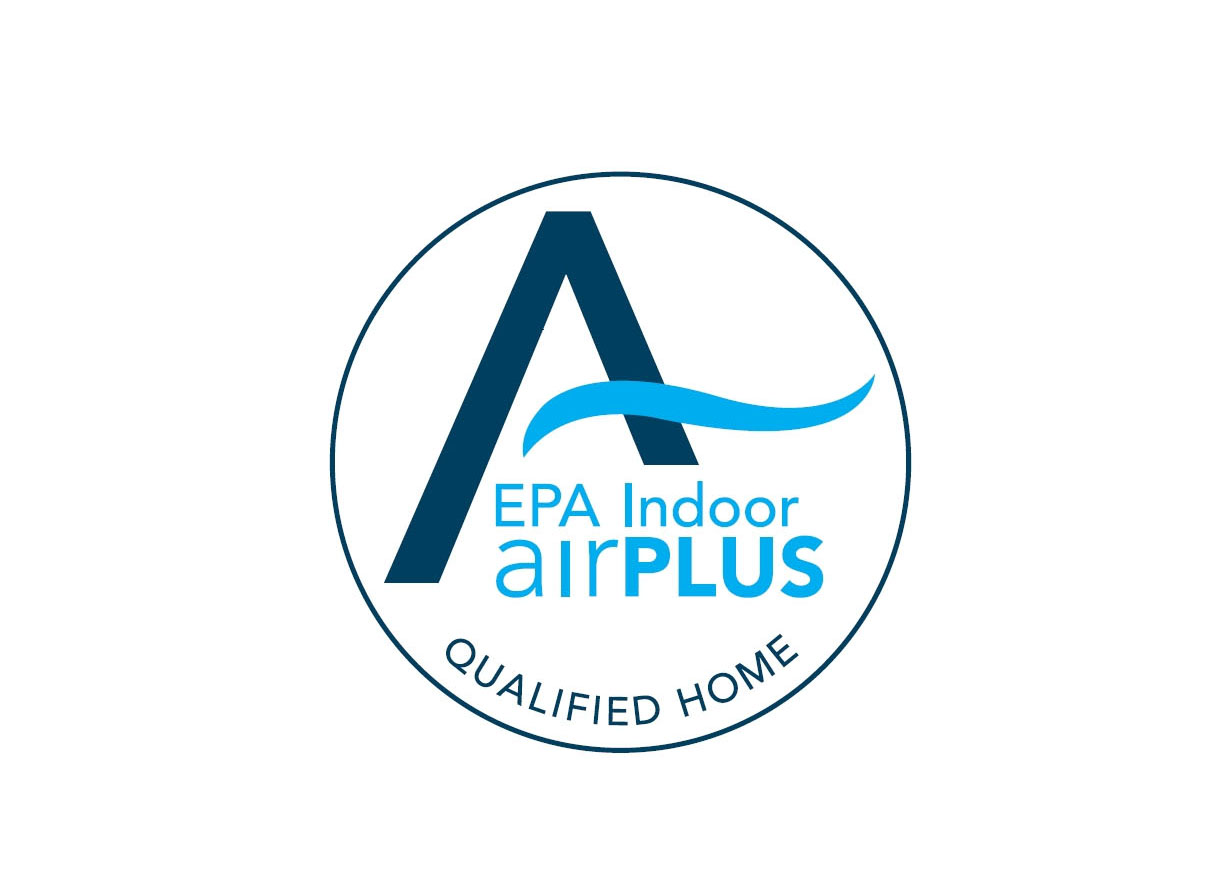Healthy Home Environment Evaluations: The New Consumer Demand
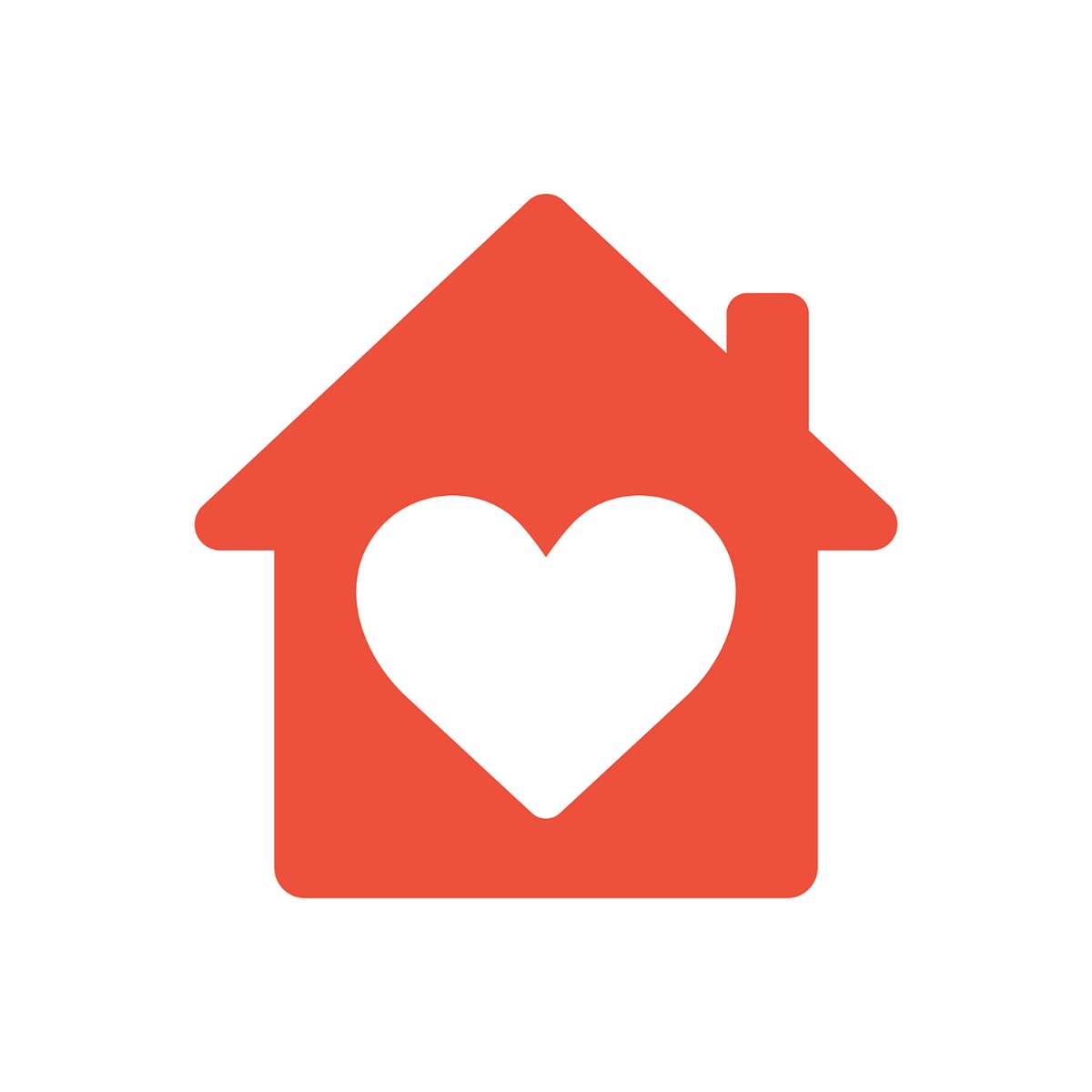
This is the 5th installment of a monthly column from Ben Walker, Co-CEO of Retrotec. Ben's column focuses on observations on the art and science of high-performance building and home testing.
During my recent conversations with builders, remodelers and other industry pros I've been hearing more about an increasing change in homeowner expectations when it comes to home performance. The gist of it is that they have moved past concern about energy savings.
Industry and governments have worked hard to promote energy efficiency and people have come to expect it. Today, saying that you build an energy efficient home is like saying you build roofs that don't leak. The likely response will be "I should hope so." However, just because people expect energy efficiency in their new home doesn’t mean they’ll get it.
Meanwhile, a growing slice of the population seems convinced that their homes are making them sick. This isn't just an anecdotal observation: it's confirmed by research. For instance in a 2018 survey of 501 homeowners and 250 renters by The Farnsworth Group and The Harvard Center for Joint Housing Studies, 30 percent of respondents said they worried about their home endangering their health. That's a three-point increase from 2014.
Or as Joe Medosch, former energy guru for Retrotec and now a Healthy Building Scientist at The Hayward Score, puts it: "Energy no longer has the power to move people. It's a dead topic that's not motivating the buyer. But if you're offering a healthy environment for me and my family, that's something I will listen to."
In other words health has the potential to move people. However you still have to turn that potential into action.
One of the best vehicle I know of for the first step is The Hayward Score. This is a free online assessment tool that can be completed in less than 15 minutes. It helps people get a sense of their home's indoor air quality and offers them advice on how to make the home more healthy.
Here’s the logic being used at Hayward Score:
- First, we need to understand homeowner/occupant needs and educate them on how improving the performance of the home is a smart and healthy investment for their family.
- We then learn what the potential health risks are in the home similar to an energy audit. This requires a visual assessment and diagnostics to make recommendations, including blower door testing.
The assessment asks about your home attributes (construction type, HVAC system, fireplace, etc.), your behaviors (whether you open the windows in summer or run the exhaust fan when cooking) and your symptoms, if any (sneezing, coughing or whatever). After running the responses through an algorithm, it then generates a report that details your home's likely problems and how to correct them.
The Hayward Score has only been available for a few years. However, despite very little marketing, Joe says that 55,000+ people have already taken advantage of it. That's another indication of how people consider the importance of having a healthy home.
One of these people is a member of my team who took the assessment and concluded that his house probably has a lot to do with his chronic coughing and sneezing. Likely causes that the report listed included the home's forced air system, moisture coming up from the basement, and wall-to-wall carpeting.
While the report directed him to helpful resources on each of these issues, it didn't make specific recommendations. Joe explained that Score 2.0 will be released early next year and will have specific recommendations. One of the most significant data points includes deferred maintenance as a significant issue and potential cause of homes impacting the occupant. Many homes are in need of improvements and that requires a professional evaluation.
I couldn't agree more.
If you're a testing professional and you’re not offer healthy home assessments, Joe says you may be doing it and not aware of the significant overlap in energy audits and healthy home assessments. Energy has an ROI, healthy home improvements are about breathing “fresh air” and making a healthy environment for your family. If you are not offering this, chances are you’re probably missing out on a business opportunity. Especially if consumer demand for “healthy” continues to rise. This can be seen today in ads and marketing of many products.
The good news is that if you have a blower door, assessing contaminant pathways is a natural extension of what you already do. Changing the dialogue from air leakage (energy) to healthier environment resonates with home owners.
If the homeowner has already done a Hayward assessment you will have a motivated client. Your roll is to inform them that air leakage = contaminant pathways. These include any leaks that bring contaminants (air) in from a garage (exhaust gasses or fumes from cars or chemicals stored there), from the attic (insulation fibers or rodent droppings) or from a crawlspace (which could include moisture, bacteria, mold spores and chemical treatments).
Not too long ago, finding leakage or contaminant pathways required two workers: one to run the fan and one to explore the house with a smoke generator, IR camera, pressure pan, or probe looking for leaks. But that's no longer the case. Retrotec's GaugeRemote is an app that lets a single operator control the blower door from a phone or tablet while moving around the house.
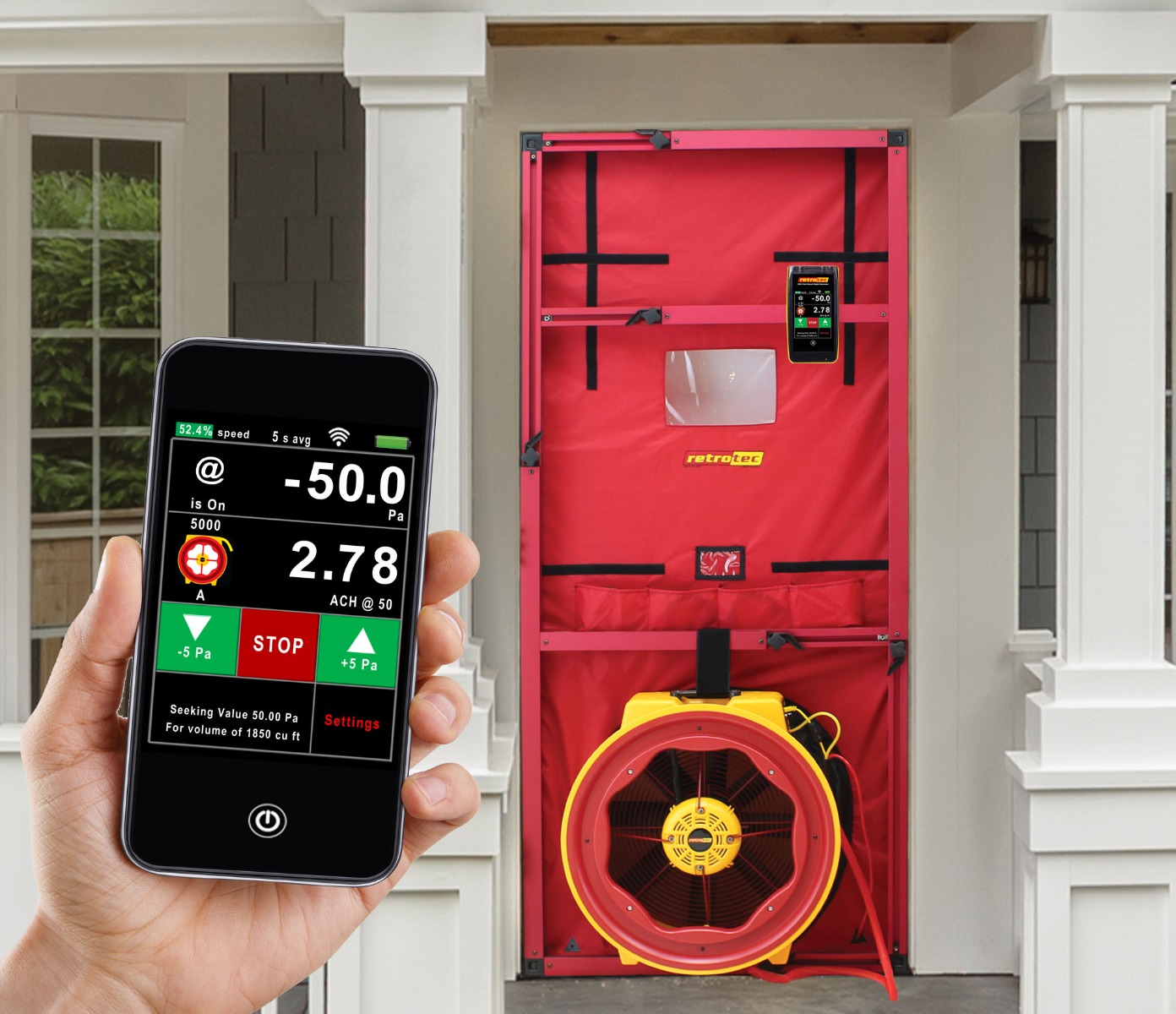
Of course you will be more effective at healthy home assessments with a little training. If you have a Building Analyst (BA), Multifamily Building Analyst, Energy Auditor (EA), or Quality Control Inspector (QCI) certification from the Building Performance Institute you can get trained or take the exam to get certified as a BPI Healthy Home Evaluator (HHE).
The EPA's Indoor Air Plus (IAP) program offers training for builders of new homes on how to build healthy homes as well as training for auditing pros on how to confirm the builder has done so. Homes need to be evaluated to achieve IAP certification, so getting trained as an evaluator is another potential income stream.
The point here is if you're a testing pro who is committed to the business, you should be looking for ways to add more value to your clients whether those clients are contractors or homeowners. At this point in time, healthy home assessments along with diagnostics is one of the best value-adds you can offer. And you already have the basic knowledge and equipment.
